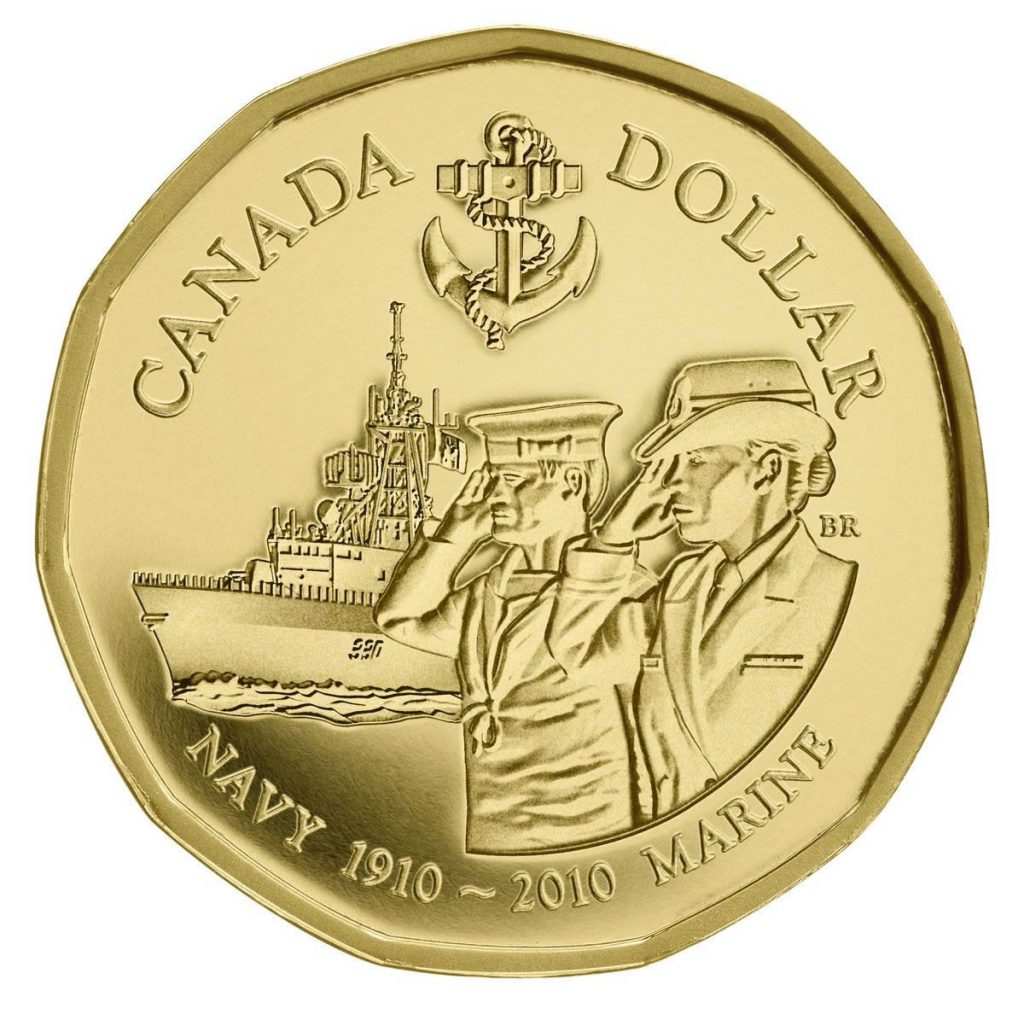On today’s date in 1950, three Royal Canadian Navy (RCN) destroyers were turned over to the United Nations (UN) at Pearl Harbor in Honolulu, Hawaii, for service in Korea.
Organized as “Task Group 214.4,” the destroyers were escorted by HMCS Ontario before joining a U.S. naval task force as part of a UN contingent to fight Korean Communists.
“No time will be lost in having them sail to Korean waters,” said then-prime minister Louis St. Laurent, who added the destroyers would “go on from Pearl Harbor just fast as steam can carry them.”
“There will be no time lost except for refuelling.”
WAR ERUPTS
About two weeks earlier, on June 25, 1950, the Korean War erupted as North Korea invaded South Korea.
Fewer than two weeks later, as hostilities were mounting, the first Canadian military response was made by the RCN, which sent the HMCS Cayuga, Athabaskan and Sioux from Esquimalt, B.C., to the Far East.
“They arrived in the theatre of operations later that summer, ready to take part in the battle for the Pusan bridgehead in Korea,” reads the Veterans Affairs Canada website, which adds five other tribal class destroyers, HMCS Crusader, Huron, Iroquois, Nootka and Haida, served with the “Canadian Destroyer Division, Far East” as part of the UN fleet.
“Korea is a peninsula surrounded on three sides by water, so the navy had an opportunity to support the UN forces in several different ways. The Canadian destroyers did things like blockading the enemy coast, preventing amphibious landings by the enemy, protecting aircraft carriers from the threat of submarine and aerial attack, bombarding enemy-held coastal areas and bringing assistance to those in need in isolated South Korean fishing villages.”
Altogether, more than 3,600 Canadians served in the waters off Korea before the armistice was signed on July 27, 1953; however, the last Canadian destroyer didn’t leave the region until September 1955.
2010 RCN CIRCULATION COIN
In 2010, a $1 circulation coin was launched by the Royal Canadian Mint to mark the RCN’s 100th anniversary.
Hosted by former defence minister Peter MacKay, the unveiling was attended by Queen Elizabeth II and then-prime minister Stephen Harper.
“The Mint recognizes the distinguished 100-year history of the Canadian Navy and is delighted to issue a commemorative circulation coin which honours the men and women who bravely served and continue to serve in Canada’s naval service,” said then-president and CEO of the Mint Ian Bennett. “We are pleased that by collecting this coin, millions of Canadians will have a permanent reminder of their century of achievement.”
The coin’s reverse, designed by Nova Scotia artist Bonnie Ross, features a Halifax-class Frigate flanked by a 1910 naval serviceman and a contemporary female naval officer. An anchor at the top of the design symbolizes Canada’s naval service.
“The naval centennial commemorative circulation coins will create a public awareness of the role that the Canadian Navy has played over the past 100 years,” said Vice-Admiral Dean McFadden, chief of the maritime staff. “The coins are visible, practical reminders that the country is served, in both war and peace, by the men and women of the naval service who safeguard Canada and its values.”
The coin’s obverse bears the effigy of Queen Elizabeth II by portrait artist Susanna Blunt.

